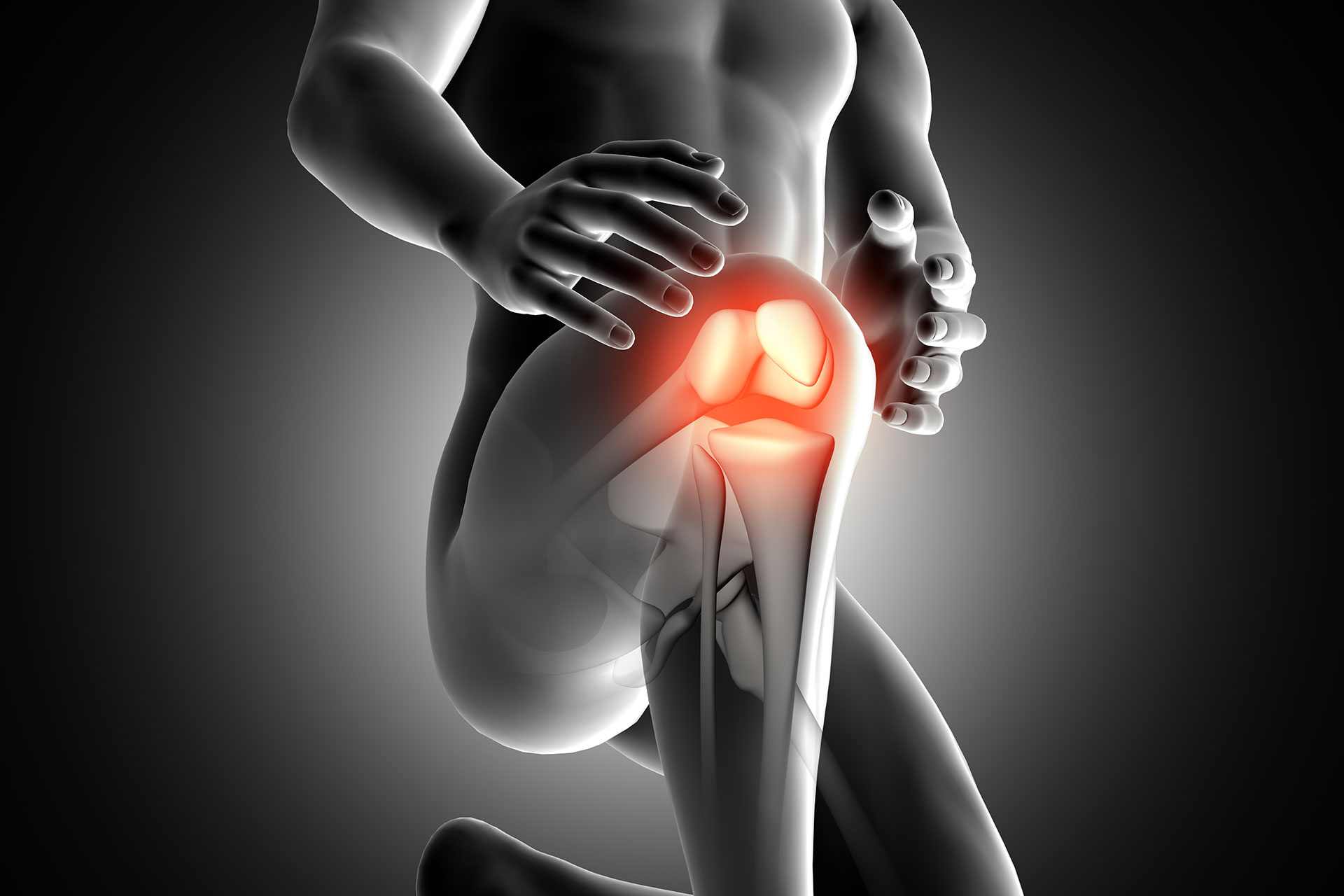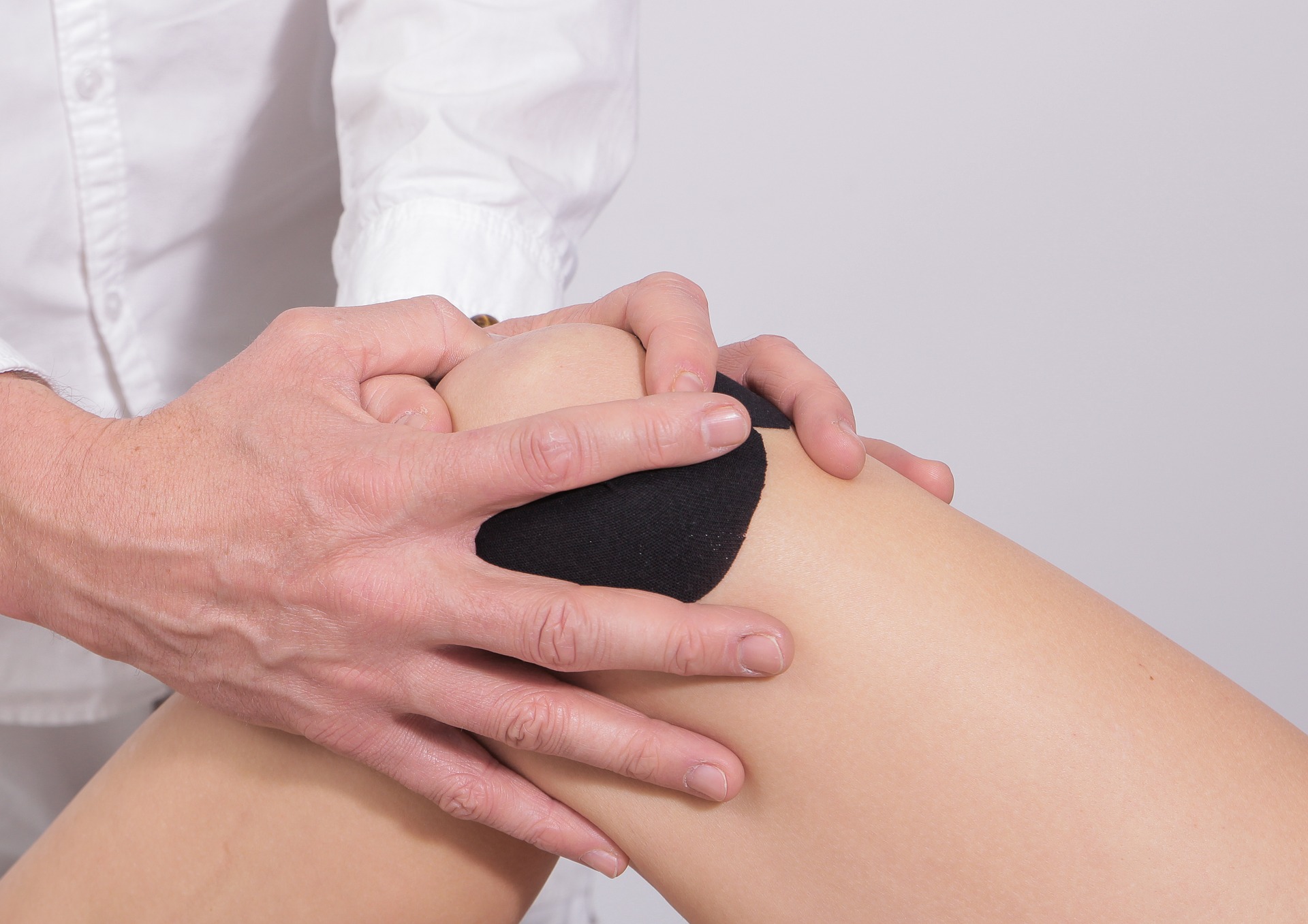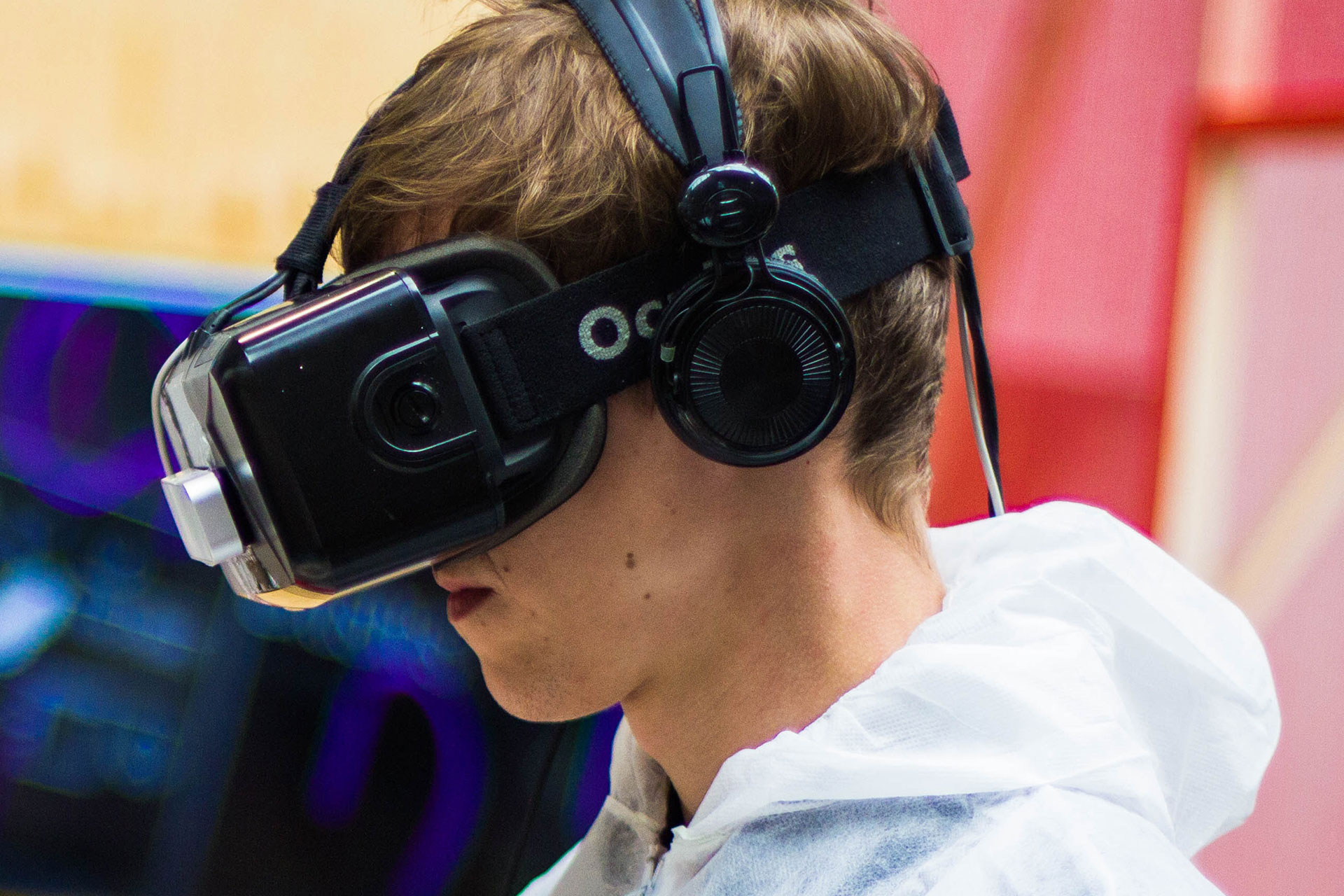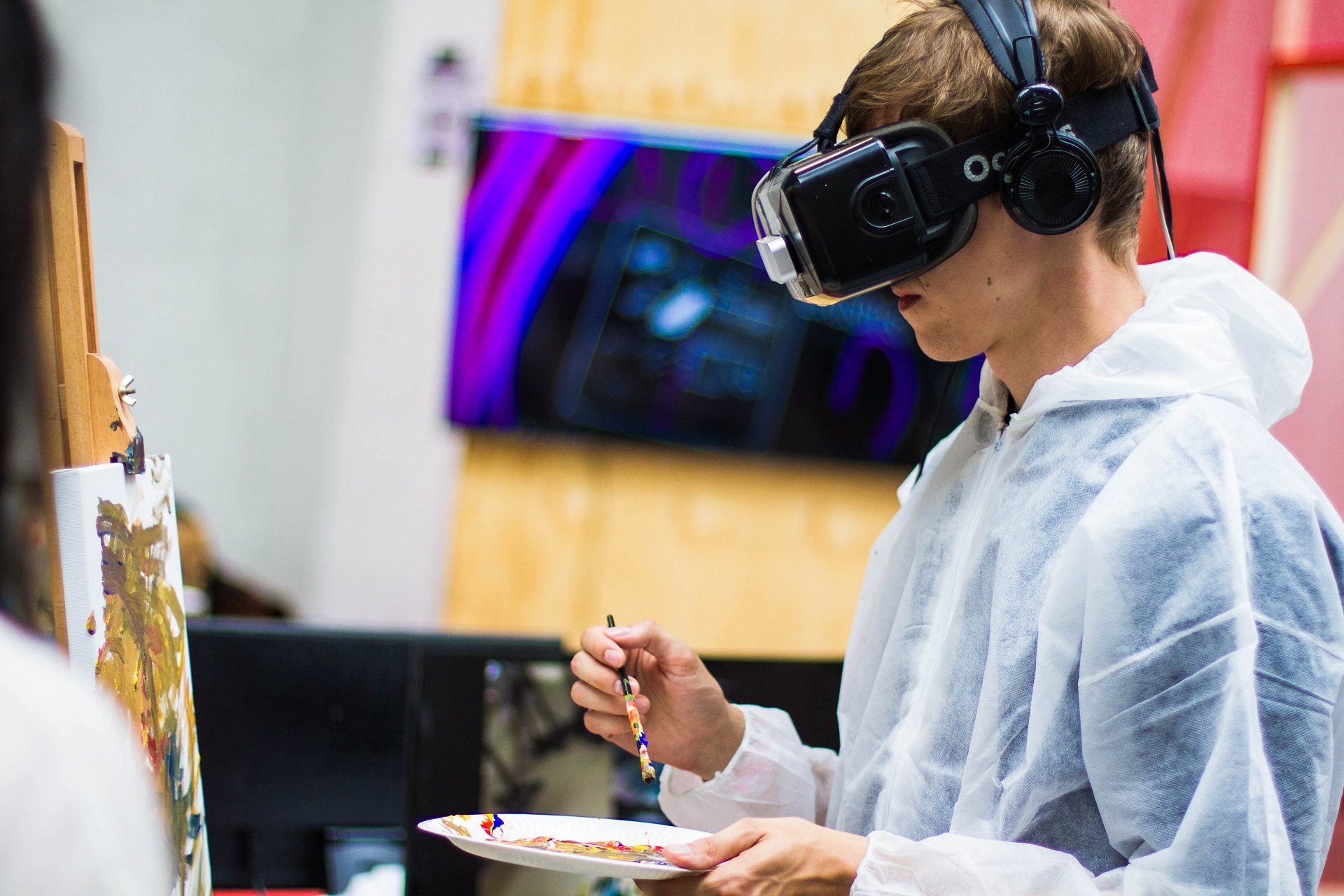OActive Conference
“From Modelling to Clinical predictive and interventional tools to treat osteoarthritis”
on April 23
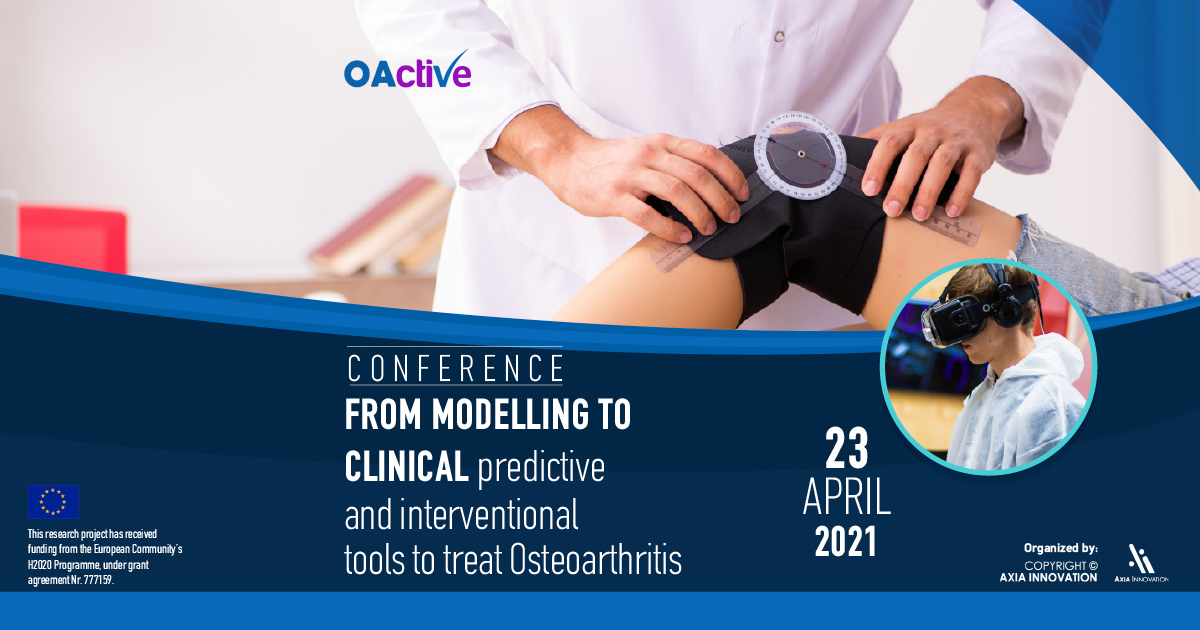 We are pleased to invite you to the OActive Conference: “From Modelling to Clinical predictive and interventional tools to treat osteoarthritis”, which will be held online on April 23rd.
We are pleased to invite you to the OActive Conference: “From Modelling to Clinical predictive and interventional tools to treat osteoarthritis”, which will be held online on April 23rd.
If you are interested in joining our discussions on how a combination of mechanistic computational models, simulations, and big data analytics can target patient-specific OA prediction and interventions, feel free to register.
The workshop agenda is available: HERE

